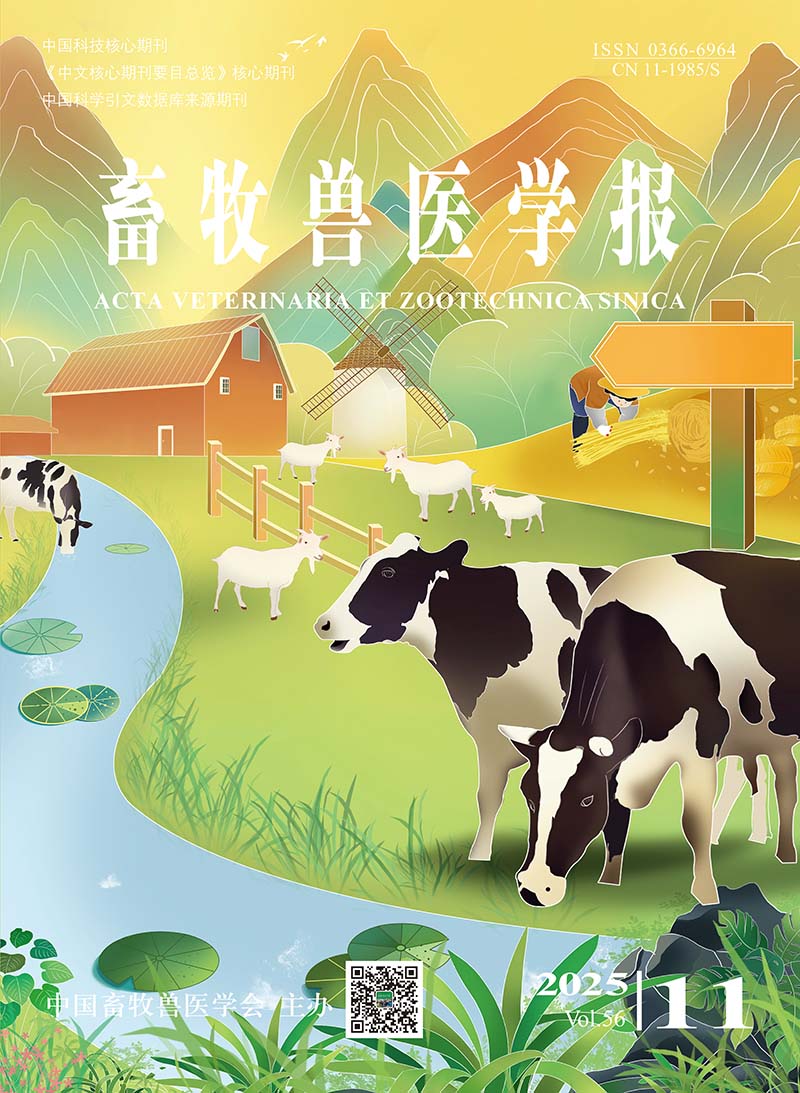This experiment aimed to investigate the effect for introduction of 25% Rhode Island Red chicken gene on the related indexes of Henan fighting chickens, which would provide the theoretical basis for the cross breeding of local variety birds. The same batch of 120-day-old purebred Henan fighting chickens and hybrid fighting chickens being introduced 25% Rhode Island Red gene (n=10 for each population, Half male and female) were selected. They were divided into 4 groups with 5 replicates per group and 1 chicken per replicate. After slaughtering, the following traits were determined, including slaughter performance, muscle properties, serum biochemistry, and mRNA levels of target genes (by real-time quantitative PCR) related to muscle development and glucose transport. All data were analyzed by SPSS 23.0 for Two-way ANOVA analysis. It showed that there was no significant difference in slaughter indexes between hybrid fighting chickens and purebred Henan fighting chickens (
P>0.05). The diameter of pectoralis muscle fiber showed a significant population effect with hybrid fighting chickens
P=0.014). The interaction effect between populations and genders was not significant for the pectoralis muscle fiber density (P=0.056). The pectoral muscle fiber density of hybrid roosters was significantly higher than that purebred birds (P<0.01). The muscle fiber density of leg muscle showed a significant population effect (P=0.002), in both male and female, hybrid chickens were significantly higher than purebred chickens. There was no difference in the expression of muscle development related genes (MyHC, MyoG, MyoD1) and glucose transport related gene GLUT12 between hybrid chicken and purebred fighting chicken by qRT-PCR, but the expression of GLUT4 gene in pectoral muscle(P=0.000)and leg muscle(P=0.023)showed significant interaction between population and gender. In leg muscles, shear forces have a significant gender effect (P=0.020), the muscle fiber density presented significant population effect (P=0.002). The expression of GLUT4 gene in pectoralis of crossbred cocks was significantly higher than that of purebred cocks (P<0.01), while where the level of GLUT4 of purebred hens was significantly higher than that of hybrid hens (P<0.05). In leg muscle tissue, the expression of GLUT4 in hybrid hens was significantly higher than that in purebred hens (P<0.01), but where there was no significant difference for GLUT4 level between hybrid cocks and purebred cocks (P>0.05). The analysis on serum biochemical indexes showed that the levels of serum GLO (P=0.004), CHO (P=0.011) and LDL-C (P=0.014) showed significant population effects, and the levels of hybrid cocks were all higher than those of Henan fighting cocks. In addition, the serum A/G ratio showed a significant interaction effect (P=0.013), the ratio of serum A/G in purebred fighting cocks was significantly higher than that in hybrid fighting cocks (P<0.05). Although the introduction of 25% Rhode Island Red gene did not affect the slaughtering index of fighting chicken, it significantly increased the blood lipid level and skeletal muscle fiber density of cocks, and changed the expression of glucose transporter GLUT4 gene in a tissue-specific and gender-specific manner.





